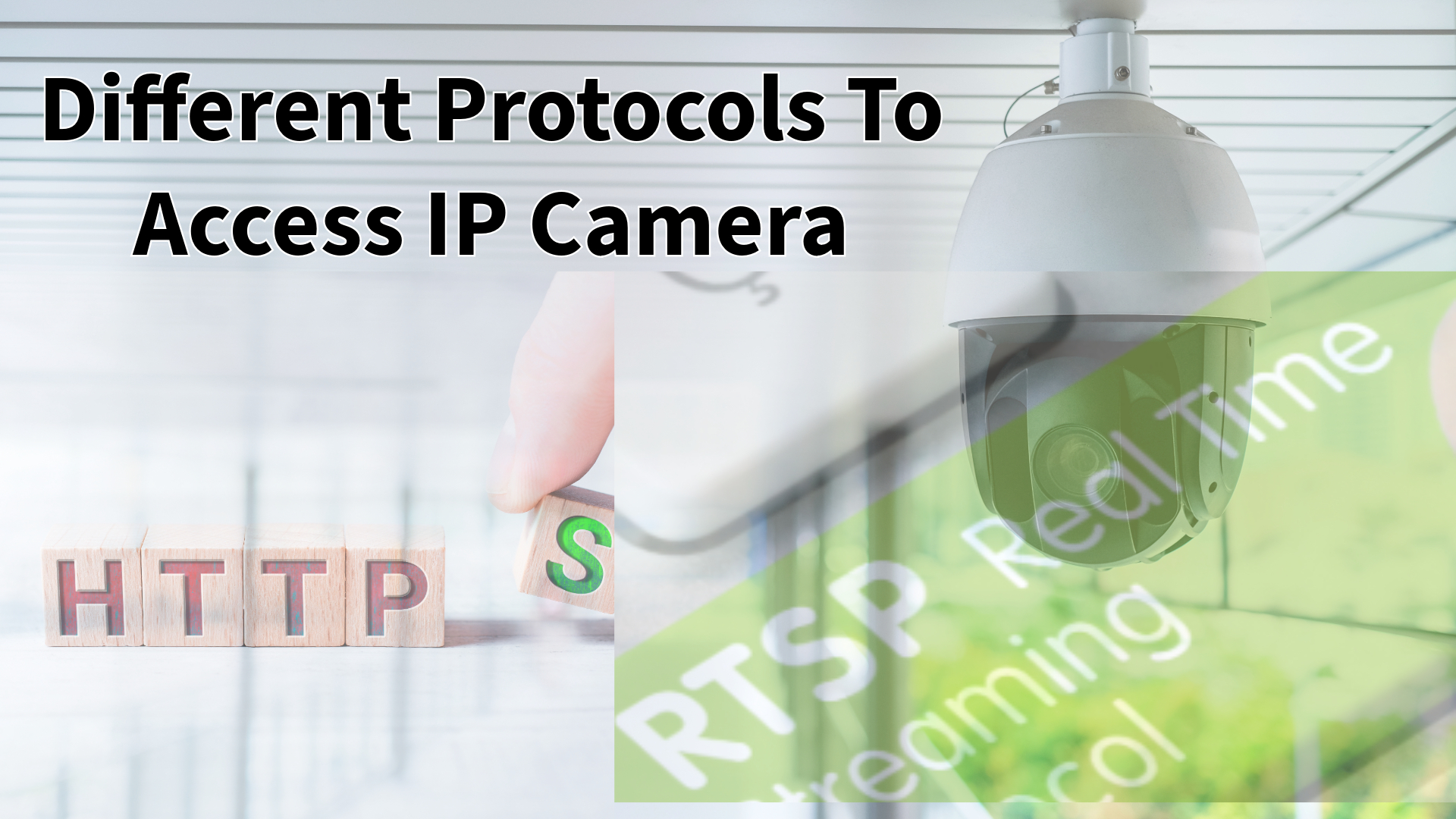In the rapidly evolving world of surveillance and security, IP cameras play a pivotal role in providing real-time monitoring and recording capabilities. The effectiveness of these cameras not only relies on their hardware but also on the protocols that enable users to access and interact with them seamlessly. In this article, we will delve into the various protocols used to access IP cameras, each catering to different needs and scenarios.
HTTP/HTTPS: The Universal Web Interface
Hypertext Transfer Protocol (HTTP) and its secure variant, HTTPS, serve as the cornerstone for accessing IP cameras through web browsers. This universal approach allows users to simply enter the camera’s IP address in a browser to access its web interface. This user-friendly method is widely adopted, making it accessible for both beginners and experienced users.
RTSP: Real-Time Streaming for Live Content
Real-Time Streaming Protocol (RTSP) is instrumental in delivering live streaming and playback capabilities for IP cameras. Compatible software and applications can leverage RTSP for real-time video and audio streaming, making it ideal for applications where immediate access to live content is crucial.
ONVIF: Interoperability for Seamless Integration
Open Network Video Interface Forum (ONVIF) is an open standard that fosters interoperability between IP-based security products, including cameras. By adhering to the ONVIF standard, manufacturers ensure that their devices can seamlessly communicate with each other, promoting compatibility and ease of integration in diverse surveillance ecosystems.
FTP: Retrieving Recorded Files
File Transfer Protocol (FTP) support in IP cameras facilitates the retrieval of recorded video or image files. Users can connect to the camera using FTP clients to download files, providing an efficient method for accessing and archiving recorded content.
SNMP: Monitoring Camera Health
Simple Network Management Protocol (SNMP) is utilized for monitoring and managing network devices, including IP cameras. SNMP support allows users to gather information about the camera’s status and configuration, enabling proactive maintenance and troubleshooting.
UPnP: Simplifying Network Configuration
Universal Plug and Play (UPnP) streamlines the discovery and configuration of IP cameras on a network. Cameras supporting UPnP can be automatically detected and configured, reducing the complexity of network setup and enhancing user convenience.
SMTP: Email Notifications and Alerts
Simple Mail Transfer Protocol (SMTP) is employed by some IP cameras to send email notifications or snapshots triggered by specific events. This feature enhances the camera’s utility for real-time alerts and notifications in security applications.
SSH: Secure Remote Access
Secure Shell (SSH) provides a secure protocol for remote access to IP cameras. With SSH support, users can establish secure command-line access for configuration and maintenance purposes, bolstering the overall security of the surveillance system.
MQTT: Efficient Messaging for IoT Integration
Message Queuing Telemetry Transport (MQTT) is a lightweight and efficient messaging protocol that finds application in IoT and surveillance systems. IP cameras supporting MQTT can facilitate real-time communication, making them integral components of interconnected and intelligent surveillance networks.
In conclusion, the choice of an IP camera access protocol depends on the specific requirements of the surveillance application. Whether it’s real-time streaming, interoperability, or security, there is a protocol designed to meet those needs. Understanding the nuances of each protocol empowers users to make informed decisions, ensuring that their IP cameras not only capture high-quality footage but also provide a seamless and secure user experience. As technology advances, staying abreast of the latest developments in IP camera access protocols is crucial for maintaining effective and reliable surveillance systems.

